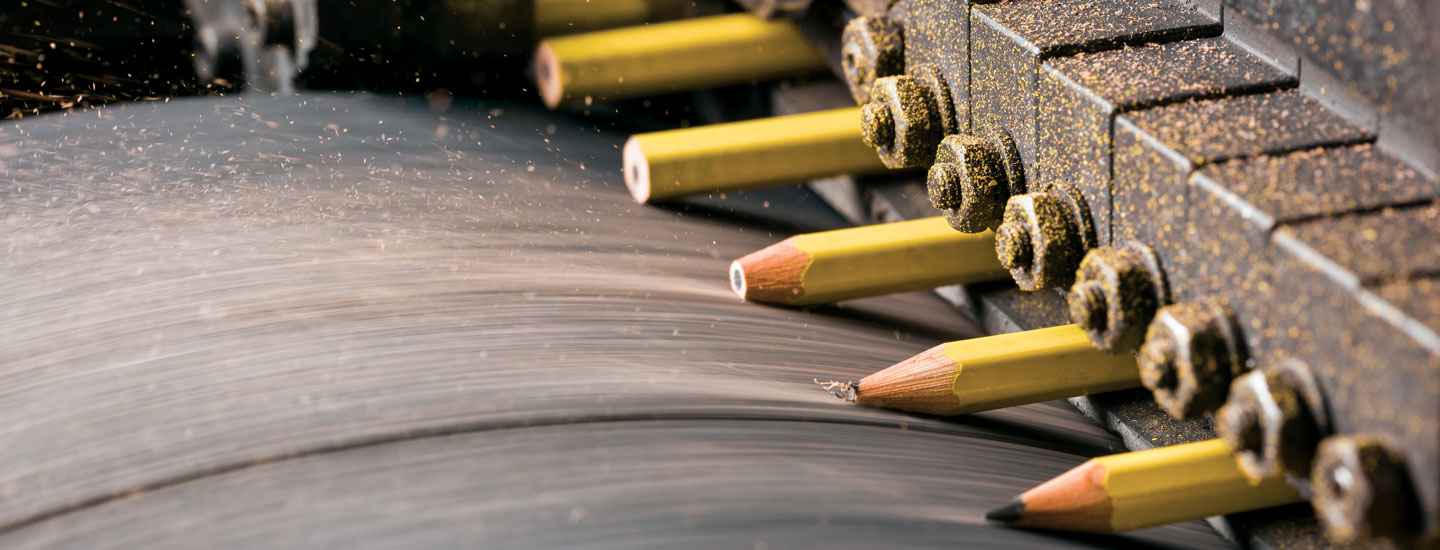KATIE WEISSENBORN VANONCINI
Alexa Kurzius at the General Pencil Company in New Jersey
Since kindergarten, I’ve been writing with a pencil. But I’d never thought about how pencils are made. That changed when I visited General Pencil Company in Jersey City, New Jersey.
General Pencil is the oldest pencil company in the United States. It has been making pencils for more than 100 years. It’s also one of the last pencil factories in the U.S.
The company’s president is Katie Weissenborn Vanoncini. Her great-great-grandfather Edward Weissenborn trained as a mechanical engineer. He designed 360 machines and processes involved in making pencils. Many are still in use at General Pencil today. I saw them during my visit, and it reminded me how well-designed machines can last a long time.

